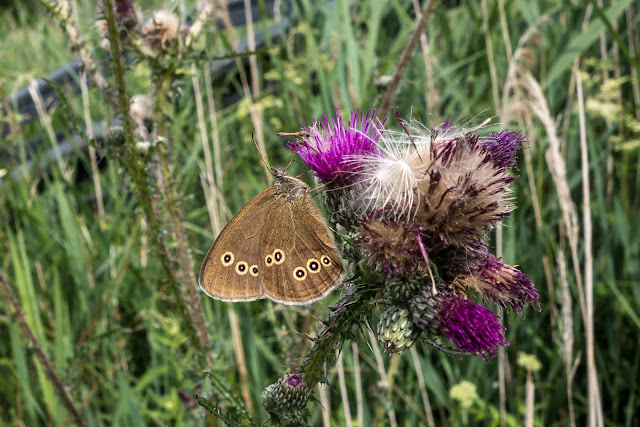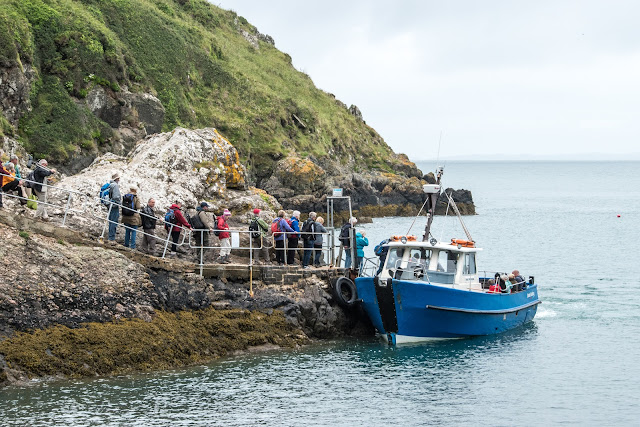Wicken Fen was the very first nature reserve owned by the National Trust and has been in their care since 1899. To quote the National Trust :
`For more than 100 years we've worked hard to protect the rare species that live at Wicken through intensive management of the fen habitats. This has become increasingly difficult and by the late 20th Century it had become clear we could not protect this unique place because the nature reserve was just too small & too isolated.
The Wicken Fen Vision is an ambitious project to create a landscape scale nature reserve stretching from Wicken Fen to the edge of Cambridge, creating new habitats for both wildlife and humans. In 1999, we launched the Wicken Fen Vision, a 100 year plan to extend the reserve from Wicken to the outskirts of Cambridge, covering an area of 5300 sq hectares.
Our aim is to buy land as and when it comes up for sale, and restore it to fen and wetland habitat. We gradually raise water levels and use herds of free roaming konik ponies and highland cattle, as part of an extensive grazing programme to create new habitats. The breeds were specifically chosen for the ability to thrive in wetland conditions.
An important part of the Vision is to provide space for humans to enjoy for leisure and recreation, in an area of the country which is undergoing rapid development and which has very little public accessible countryside.`
Our interest for this visit was the amazing amount of insect life, mainly butterflies. Most of the images were taken with the Sony RX100 which is a great compact but does require some stealth when taking objects this close.
A plain white species when at rest, although the abdomen, as the name suggests, has a brown tuft of hairs which the female uses to cover the eggs with when they are laid.
The species is distributed mainly around the south and east coasts of England, and in some years can become locally abundant.
The caterpillars are well-known for their urticating hairs; they cause extreme irritation if in contact with human skin. They feed in a communal web on the leaves of hawthorn (Crataegus) and blackthorn (Prunus spinosa).
























































